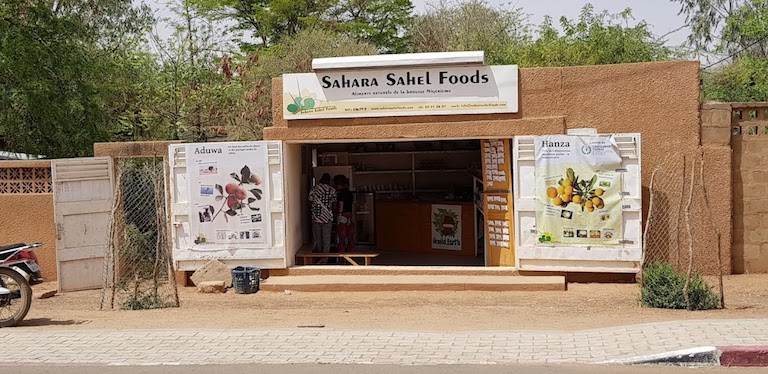New millenary concept edible forest
- Agroforestry ecosystems related to climate and local culture are found in all countries of the world. Not only because we have drawn or written their constancy, but because they are still alive today, in some cases, after thousands of years. This survival demonstrates the resilience and sustainability of this type of production and makes it a powerful tool for climate change.

The best-known examples of these transformed natural ecosystems are tropical climates. In southern India, for example, multi-layered edible forests are part of culture. In the province of Kerala the mixed coconut trees, vanilla and pepper are planted intertwined above the stem, the native fruit trees a little lower, the coffee and cocoa in the shadows of these shrubs, bananas, cardamom and pineapples near the ground, curcumbrera and ginger in the subsoil...
As in the tropics, edible forests continue to be used in dry climates, as in the case of the Atlas mountains of Morocco. In these arid landscapes, forests are built around dry raceways to take advantage of groundwater. They first plant date palm trees in order to create germs and reduce evaporation. Under them there are many fruit species: oranges, farms, figs, olive trees... and among them all the grapevines mixed with free breeding. In the gaps between trees they sow corn, wheat and other crops. Once harvested, to take advantage of the crop remains and control the growth of the grass, they graze donkeys, goats and sheep. Thus, paradises can also be created where they appear to be unvaried environments.
In addition to these two examples, similar agricultural ecosystems exist worldwide: Chinampas in Mexico, Quesungual in Honduras, subak systems in Bali, milpa plantations throughout Central America, dehesa systems in Spain...
In our country we are also aware of this type of nature management. Fruit trees have always been planted in the surroundings of the farmhouses: apples, makatzondo, pikondo, okan, mahatsondo...
In its limits, medicinal plants and numerous types of animals were frequent to take advantage of tree grass. Without a modern name, the need to create these ecosystems that were born from the instinct of our ancestors and offered varied foods with little energy embedded.
The characteristics of our climate compel us to design open forests so that such amplitude allows light entry and reduces humidity. In this way, production is increased, fruit ripened and disease problems caused by a high degree of maturity are controlled.
Although it refers to millennial knowledge, modern times have brought not only its name, but other improvements. Today we have the opportunity to cultivate species and varieties around the world, as well as to use different foreign techniques. In addition, technology offers us deeper knowledge of the environment and tools for designing systems adapted to it. So we talked about a new millennial concept: edible forest.
Oihanak atzeraka ari dira mundu osoan. Oso-osoan? Ez, badira txoko batzuk non zuhaitzak ugaritzen ari diren haiekiko harremana aldatu duten baserritarren lanari esker. Hauek ikasi behar izan dute arbolak ez direla laboreen etsaiak, zuhaitz eta zuhaixken esku dagoela lurzoruaren... [+]
Papua New Guinea is traversed from east to west by a high mountain range. On its two slopes are enclosed hills and valleys, and there, the tribes that have lived in isolation for thousands of years, give a reputation for cultural and linguistic diversity to this territory. In... [+]
Forests are edible; yes, yes, edible forests. They are called “edible forests,” especially because the creation and care of the forest is done through food.
In addition to the first, it is increasingly common to take advantage of some of the forest to eat. Some want to... [+]






















